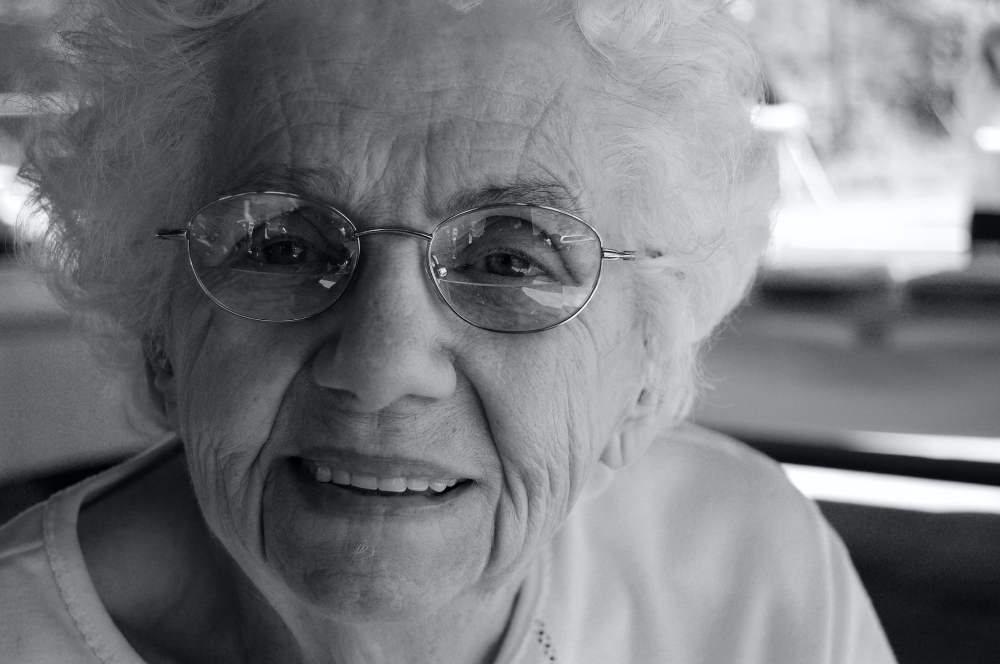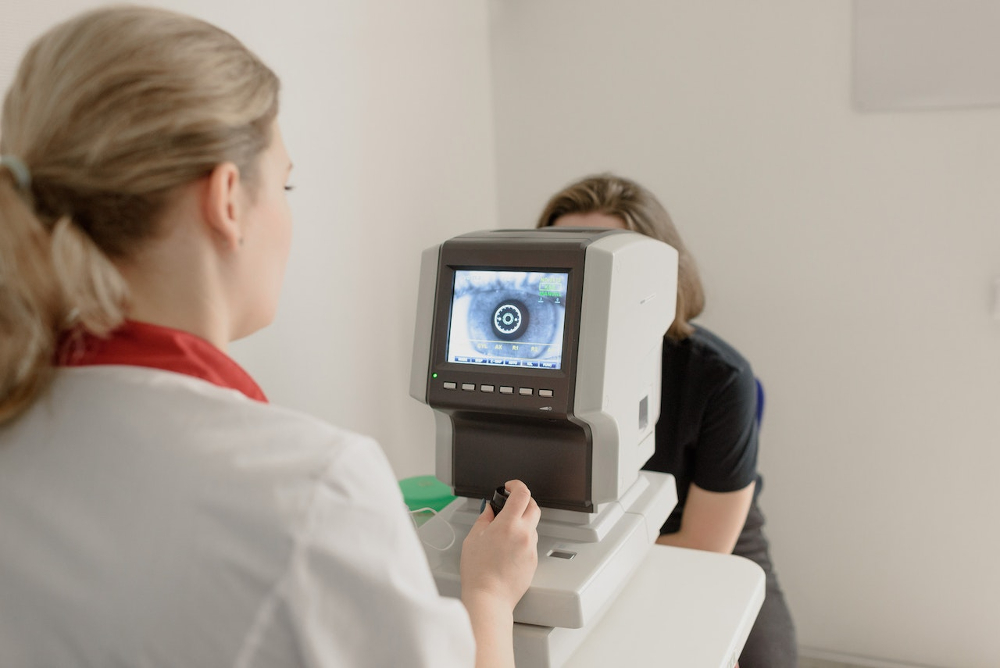
As we age, our eyes become more vulnerable to various conditions, and one of the most concerning among them is glaucoma. This group of eye diseases poses a significant threat to the elderly population, gradually robbing them of their vision if left undetected and untreated.
Glaucoma is not just a medical term; it represents the fears and challenges faced by individuals who yearn to preserve their precious eyesight. From the slow stealth of primary open-angle glaucoma, lurking unnoticed until irreparable damage occurs, to the sudden onslaught of angle-closure glaucoma, causing excruciating symptoms, this eye disease demands our attention and vigilance.
In this article, we delve into the intricate world of glaucoma, exploring its different types, the importance of early detection, prevention strategies, available treatment options, and practical tips for living with glaucoma.
Through a combination of expert insights and human experiences, we aim to shed light on glaucoma’s complexities and empower both patients and their loved ones with knowledge. By understanding the significance of regular eye examinations, the role of preventive measures, and the available treatment options, we can proactively safeguard our vision and navigate the path of glaucoma with resilience and hope.
Understanding Glaucoma
Glaucoma is a complex and potentially sight-threatening eye disease that affects the optic nerve, responsible for transmitting visual information to the brain. It is often characterized by increased intraocular pressure, which gradually damages the delicate fibers of the optic nerve. There are two primary types of glaucoma: primary open-angle glaucoma (POAG) and angle-closure glaucoma.
Primary Open-Angle Glaucoma (POAG)
POAG is the most common type of glaucoma and typically develops slowly over time. It is often referred to as the “silent thief of sight” because it progresses gradually without noticeable symptoms until the later stages. In doing so, the disease can cause irreversible harm before it is even noticed.
In POAG, the drainage channels within the eye become less efficient in draining the aqueous humor, the fluid that nourishes the eye. This leads to an increase in intraocular pressure. In turn, it damages the optic nerve fibers. If left untreated, POAG can result in permanent vision loss and blindness.
Angle-Closure Glaucoma
Angle-closure glaucoma occurs when the drainage angle between the cornea and iris in the eye becomes blocked or narrowed. This blockage prevents the aqueous humor from flowing out of the eye, resulting in a sudden increase in intraocular pressure.
It can cause severe symptoms, such as eye pain, redness, blurred vision, halos around lights, and even nausea and vomiting. Unlike POAG, angle-closure glaucoma develops rapidly and requires immediate medical attention to prevent permanent vision loss.
Both types of glaucoma can affect individuals of all ages, but the risk significantly increases with age, particularly among the elderly population. In addition to age, other risk factors for glaucoma include a family history of the disease, certain medical conditions, use of corticosteroid medications, and ethnic background.
Detecting Glaucoma in the Elderly
Early detection of glaucoma is essential for effective treatment and minimizing vision loss. However, since glaucoma may not cause noticeable symptoms in its early stages, regular eye examinations are crucial, especially for the elderly. During these check-ups, eye care professionals can assess the health of the optic nerve, measure intraocular pressure, and perform additional diagnostic tests.
Common signs and symptoms of glaucoma include a gradual loss of peripheral vision, tunnel vision, blurred vision, and even vision loss in advanced stages. However, since these symptoms can be subtle or mistaken for normal age-related changes, they often go unnoticed.
One of the key diagnostic tests used to detect glaucoma is tonometry, which measures intraocular pressure. Another test, ophthalmoscopy, allows eye care professionals to examine the optic nerve for any signs of damage. Additionally, perimetry tests help evaluate the extent of visual field loss caused by glaucoma.
Prevention Strategies for Glaucoma
While glaucoma cannot be prevented entirely, certain lifestyle modifications and proactive measures can help reduce the risk and progression of the disease. Engaging in regular exercise, maintaining a healthy diet rich in antioxidants, and avoiding smoking have been associated with a lower risk of glaucoma.
Furthermore, regular eye check-ups play a pivotal role in glaucoma prevention. By visiting an eye care professional at least once every one to two years, individuals can detect early signs of glaucoma and receive appropriate treatment promptly.
Protecting the eyes from prolonged exposure to sunlight by wearing sunglasses with UV protection and using safety eyewear when necessary can also help maintain eye health and minimize the risk of glaucoma.
While some studies have explored the potential benefits of certain supplements, such as omega-3 fatty acids or Gingko biloba, their role in preventing glaucoma remains uncertain. It is essential to prioritize regular eye examinations, adhere to any prescribed treatments or preventive measures recommended by healthcare professionals, and adopt a healthy lifestyle as the primary approaches for maintaining optimal eye health.
If considering supplements, be sure to consult with a healthcare provider or an eye care specialist for personalized guidance based on individual circumstances. By doing so, you can ensure that any potential interactions or contraindications are taken into account.
Treatment Options for Glaucoma
Now, you might be wondering – who treats glaucoma? Your best bet is a glaucoma specialist, a highly trained medical professional who specializes in the diagnosis, treatment, and management of glaucoma. These specialists have extensive knowledge and expertise in the intricacies of this complex eye disease, allowing them to provide comprehensive care to patients.
They undergo specialized training beyond general ophthalmology, equipping them with the skills to accurately diagnose different types of glaucoma, monitor disease progression, and develop personalized treatment plans.
When it comes to treating glaucoma, several options are available based on the severity and progression of the disease. Special eye drops or oral medications are commonly prescribed to lower intraocular pressure and prevent further damage to the optic nerve. These medications may need to be taken on a long-term basis to control glaucoma effectively.
In certain cases, surgical procedures may be recommended to manage glaucoma. Laser surgery can help improve the drainage of fluid from the eye or reduce fluid production. Filtering surgery involves creating a tiny drainage hole in the eye to allow better fluid outflow, while drainage implants can be inserted to facilitate fluid drainage. These surgical interventions aim to reduce intraocular pressure and preserve optic nerve function.
In recent years, there have also been advancements in novel therapies for glaucoma. These include minimally invasive glaucoma surgeries (MIGS) that provide a less invasive alternative to traditional surgeries. MIGS procedures are designed to enhance the eye’s natural drainage system, reducing intraocular pressure with minimal disruption to the eye’s anatomy.
Living with Glaucoma

Being diagnosed with glaucoma can be life-changing, requiring individuals to make adjustments and actively manage their condition. With the right strategies and support, it is possible to lead a fulfilling life while effectively managing glaucoma.
Following Your Treatment Plan
One of the key aspects of living with glaucoma is following the treatment plan prescribed by the healthcare provider. This may involve using eye drops or taking oral medications as directed. It is crucial to understand the proper technique for administering eye drops and to be consistent with the prescribed dosage and frequency.
It is also important to communicate with the healthcare provider about any challenges or concerns, such as side effects or difficulties in administering the medication.
Making Regular Appointments
Regular follow-up appointments with the healthcare provider are essential for monitoring the progress of glaucoma and making any necessary adjustments to the treatment plan.
These appointments allow for ongoing evaluation of the condition and the opportunity to address any changes in vision or symptoms. By maintaining open communication with the healthcare provider, individuals can ensure that their treatment remains effective and appropriate for their specific needs.
Following a Healthy Lifestyle
Living with glaucoma also involves adopting a healthy lifestyle that supports overall eye health. This includes maintaining a nutritious diet, rich in fruits, vegetables, and omega-3 fatty acids.
Adequate hydration is also important for maintaining eye health. Regular exercise, such as brisk walking or swimming, promotes good circulation and can benefit the optic nerve.
Being Wise With Activities
It is important to avoid activities that may strain the eyes, such as prolonged reading or using electronic devices without breaks. Taking regular breaks and practicing eye exercises, such as focusing on distant objects or blinking frequently, can help reduce eye strain. The best thing is that being mindful of such activities may be good not just for eye health but for your overall well-being as well.
Looking For Extra Support
Support from healthcare providers, family, and support groups can play a significant role in coping with glaucoma. Healthcare professionals can provide guidance, answer questions, and address concerns related to the condition.
Family members can offer practical support and understanding, helping with tasks that may be challenging due to vision changes. Support groups provide an opportunity to connect with others facing similar challenges, share experiences, and gain insights into coping strategies.
Conclusion
Wrapping up, with early detection, proactive prevention, and appropriate treatment, individuals can effectively manage glaucoma and preserve their vision. By prioritizing regular eye check-ups, adopting a healthy lifestyle, and seeking support, we can navigate the challenges of glaucoma with optimism and ensure a brighter future for our eyes.
Feeling Overwhelmed?
Check out our Caregiving Consulting service for personalized support and guidance.

Leave a Reply